How often should you repot houseplants? Experts reveal the signs to look out for
Moving your indoor plants into larger pots can help them thrive, but it's important to get the timing right
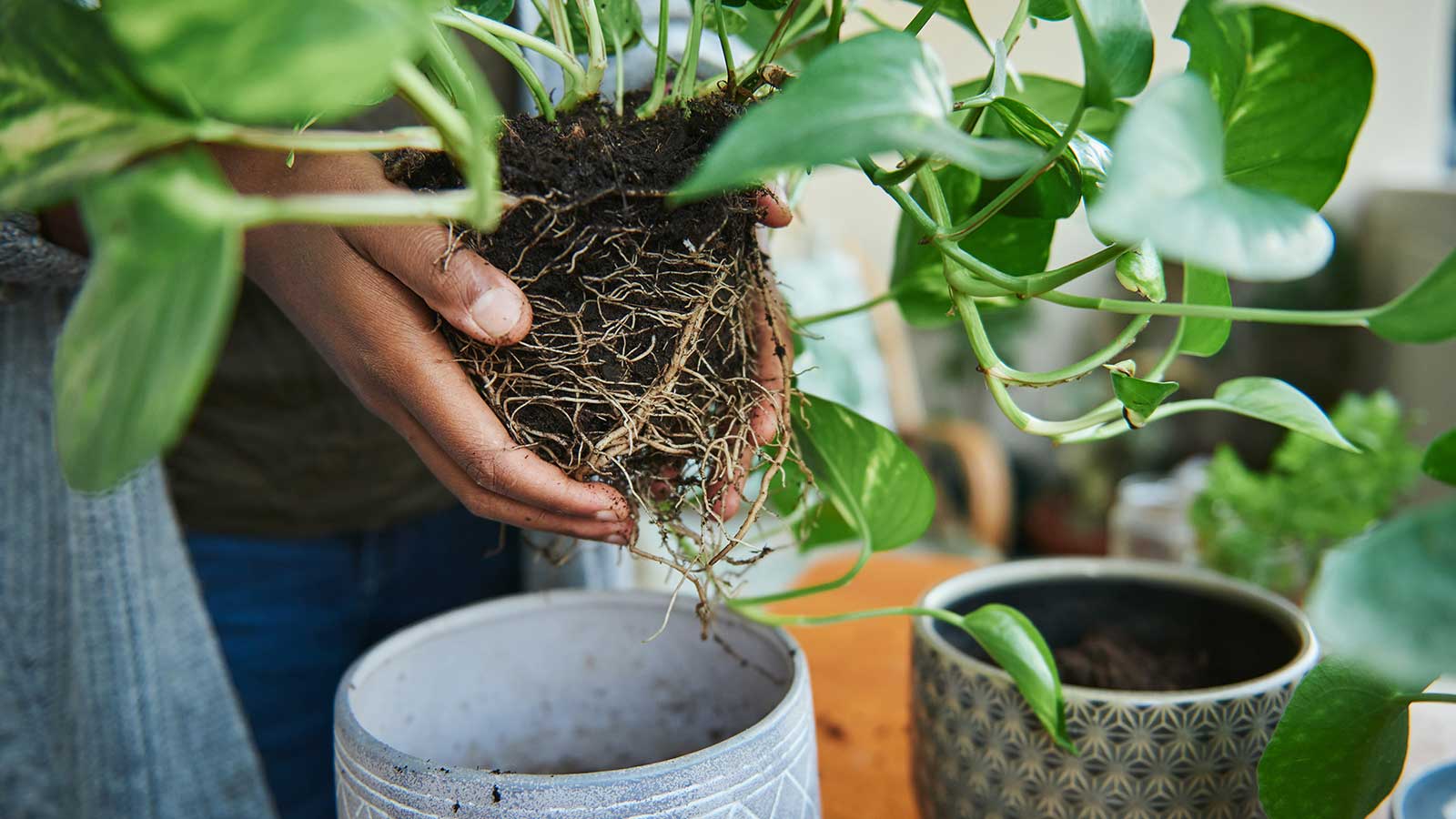

Repotting houseplants has multiple benefits, the major one being it gives them more space to grow. Otherwise, they can become congested and root-bound, making it difficult for them to absorb the nutrients and water they need.
As well as this, repotting allows the opportunity for new potting soil, which is rich in goodness and free of salt build-up from fertilizers. What's more, repotting your indoor plants gives you a chance to inspect their rootballs and either prune roots or remove any diseased or decaying areas. This is particularly useful if you've accidentally overwatered your plants and they're suffering from root rot as a result.
So, if you want your indoor garden to truly thrive, repotting is important. But for the best results and to reduce stress on your plants, you need to do it at the optimal time. This can vary from plant to plant, and there are some telltale signs you can look out for.
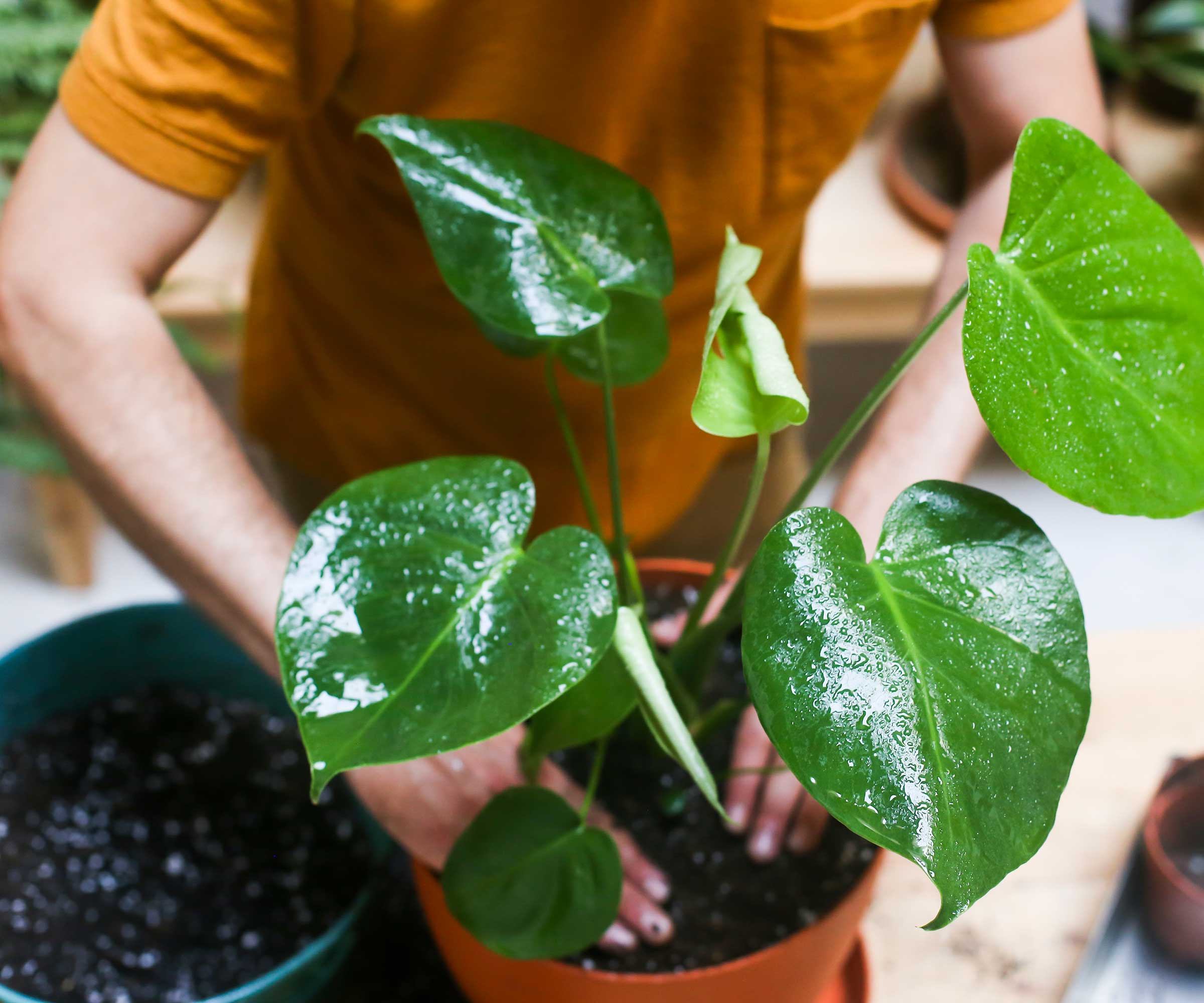
Repotting your houseplant will help it grow
When to repot houseplants – a practical guide
Remember to size up pots gradually, advises Kiersten Rankel, a plant expert at Gregarious, Inc. 'Each new pot only needs to be about an inch wider than the previous one. Bigger pots hold more water, which can lead to root rot.'
'Use fresh potting soil to provide new nutrients and improve soil structure,' says Kayla Gajdascz of Mental Houseplants. Handle the roots carefully to minimize damage, she continues, adding to water plants after repotting. 'This helps settle the soil and reduces stress on the plant.'

Kiersten Rankel is a certified Louisiana Master Naturalist and regularly volunteers with local community gardens and nonprofits to help restore critical ecosystems along the Gulf Coast. She earned her master's degree from Tulane University in Ecology and Evolutionary Biology after her undergraduate degree in Environmental Biology, also from Tulane. In her spare time, she enjoys hiking and tending to her 150+ houseplants and vegetable garden.

Kayla Gajdascz is the co-founder and president of Mental Houseplants, a company dedicated to spreading the positive impact that plants have on our mental health. One way that the company does this is by partnering with NAMI, the National Alliance on Mental Illness (the Massachusetts chapter), and donating a portion of every sale to them.
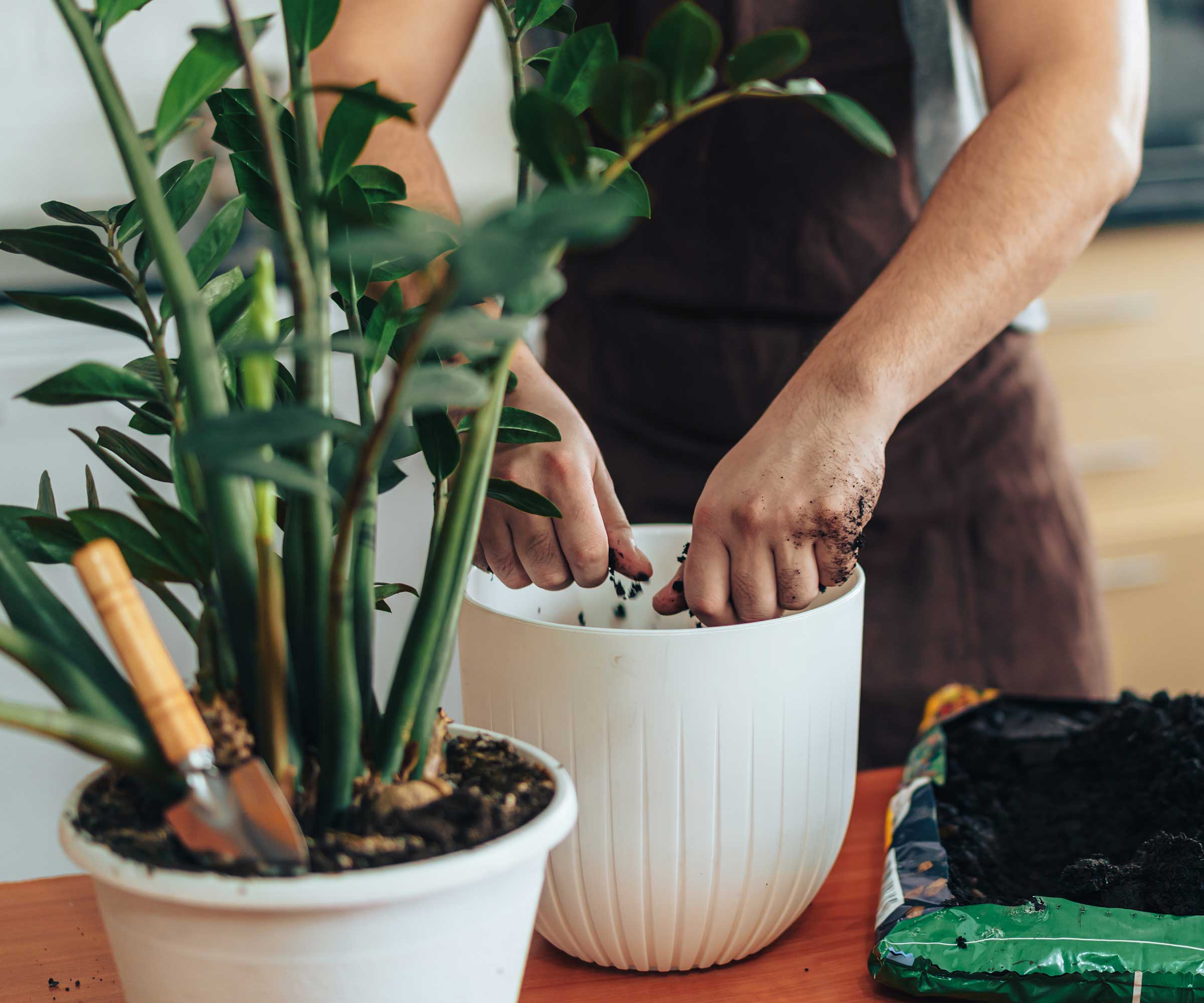
Avoid moving your plant to a pot that's too large, as this can lead to waterlogged soil and root rot
5 signs that it's time to repot your plant
The houseplant experts explain the signs to look out for:
- Visible roots: One of the easiest ways to determine whether your plant needs repotting is to check for visible roots. For instance, they may be emerging through the drainage hole, says Vladan Nikolic (Mr. Houseplant). They may also be curling at the soil surface, he adds, noting that this often happens with fiddle leaf figs.
- Dry soil: Another sign is that your plant's soil is drying out quicker than before, Vladan continues. 'If water runs straight through the pot, it may mean the plant is root-bound and the soil is compacted,' adds Kayla.
- Broken pots: 'Certain plant species, such as those with tuberous roots or those growing from rhizomes (e.g., snake plants or ZZ plants), can exert such force on pots that they become deformed or even break over time,' Vladan says. If the pot shows signs of this, it is advisable to transfer the plant to a new one.
- Top-heavy plants: 'If the plant is too big for its pot, it might tip over easily,' Kayla says. This is common with jade plants, which, over time, grow into small indoor trees.
- Stunted growth: Slower growth than usual can mean your plant might need more space, Kayla says.

Vladan Nikolic, otherwise known as Mr. Houseplant, is a houseplant expert with over 10 years of experience. He is the founder of the houseplant care blog MrHouseplant.com and also an influencer who helps newcomers in the houseplant world become great plant parents. You can find him on Instagram, TikTok, YouTube, Facebook, Twitter and Pinterest.
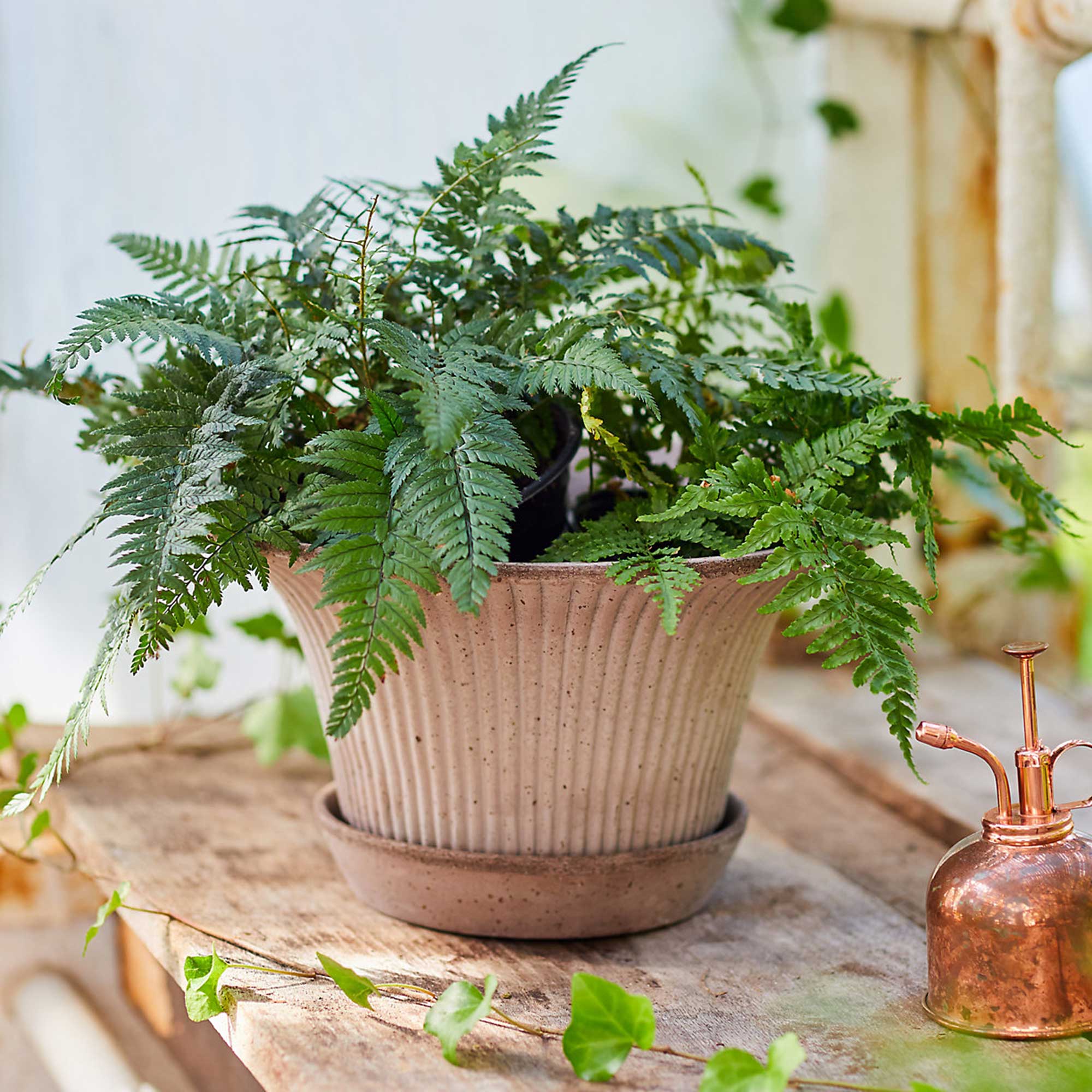
Available in two sizes and colors (gray and rose), these elegant terracotta pots are handmade in Italy and include drainage holes and saucers for easy watering.
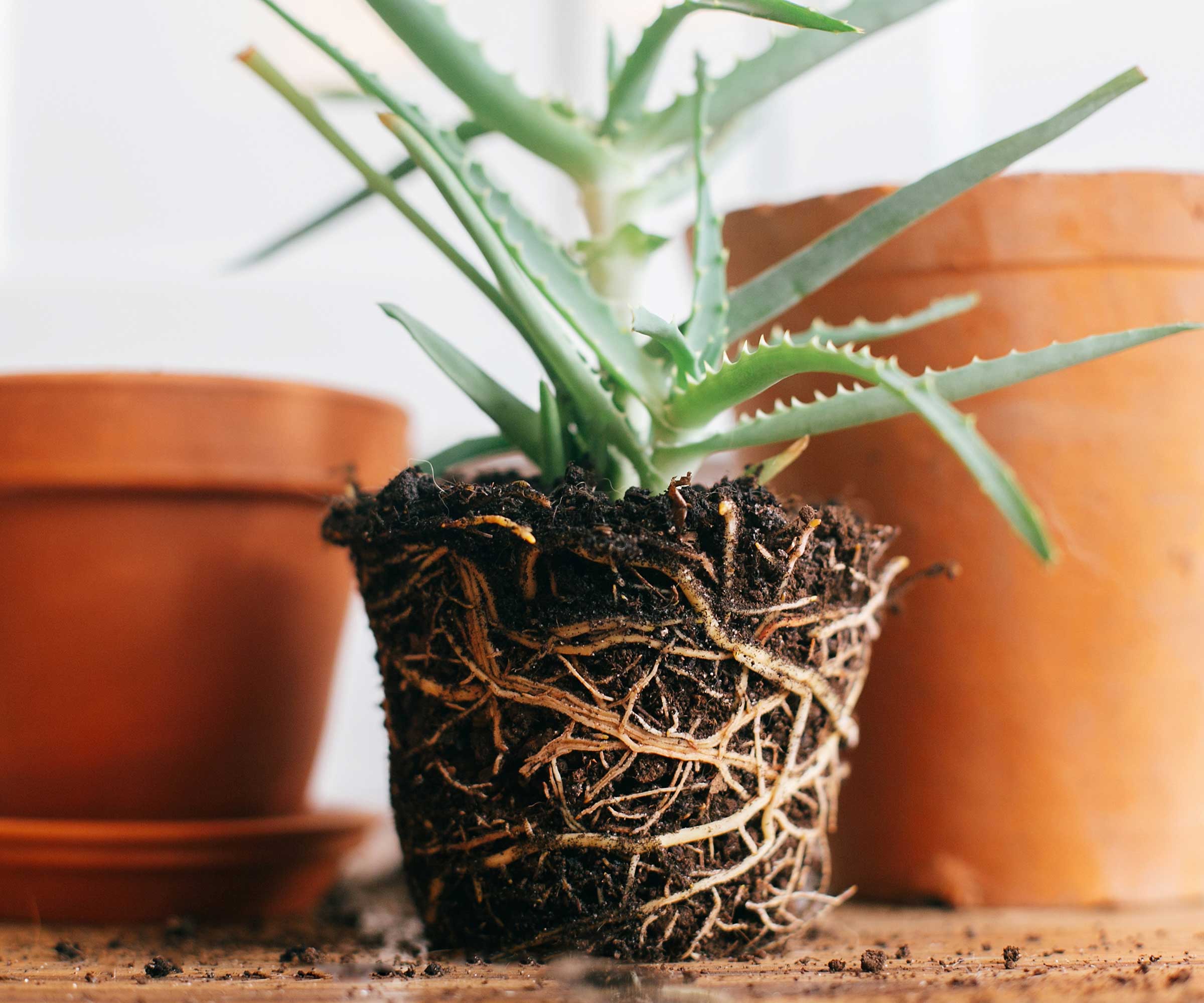
Tightly congested roots can cause plants to suffer
The best time of year to repot houseplants
'The best time of year to repot plants is during the spring and summer, when days are lengthening and growth is most active,' says Kiersten. 'Repotting during cold winter months can shock plants and damage roots,' she warns.
'Ideally, repot in early spring before accelerated growth occurs, allowing the plant to recover quickly and utilize the fresh soil mix.'
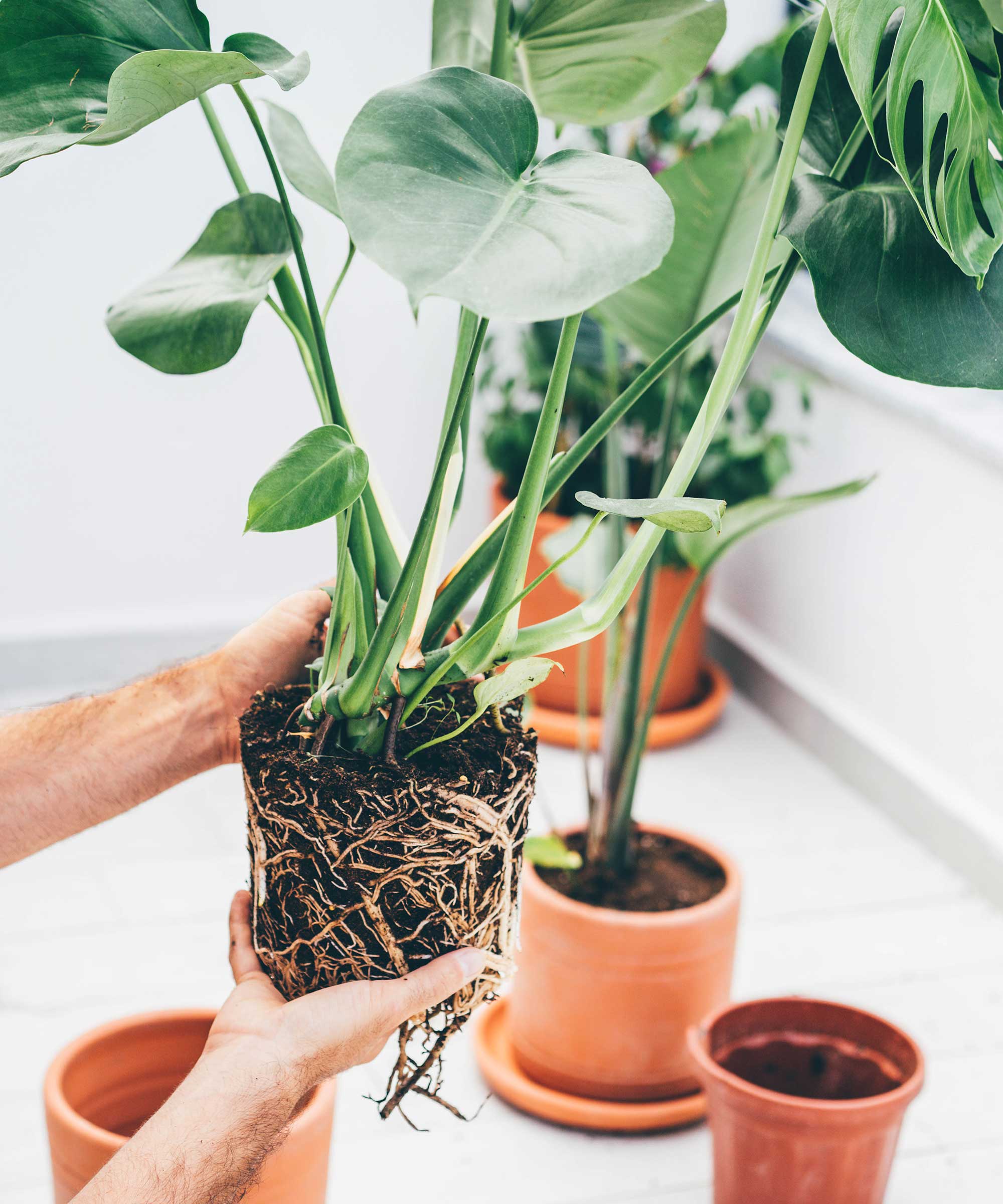
Avoid repotting houseplants during their dormant months
FAQs
Which houseplants need repotting often?
Vladan Nikolic says that some tropical plants, such as philodendrons and spider plants, tend to grow rapidly if they get sufficient light, with their roots outgrowing pots faster than others. 'Repotting every year may be necessary if they are getting a lot of light,' he says.
Other fast-growing examples include monsteras and majesty palms, adds plant expert Kiersten Rankel. 'They readily gain over 12in annually,' she says, recommending repotting them into fresh soil and bigger containers every 12-18 months.
Many ferns grow quickly and require regular repotting, too, highlights Kayla Gajdascz.
Which houseplants need repotting less often?
Houseplant expert Kayla Gajdascz says that cacti and succulents prefer a snug pot and don't require frequent repotting. 'Repotting every two to three years is usually sufficient,' says Vladan Nikolic.
Other examples include snake plants. They are known for their resilience and ability to tolerate being root-bound, says Vladan. 'They are fine with repotting every two to three years.'
ZZ plants, too, can be repotted less frequently than others. They are slow-growing and can stay in the same pot for multiple years, says both Vladan and Kayla.
As well as repotting your indoor plants when needed, there are other crucial steps to helping them flourish. These include watering them properly (including when you're away on vacation), protecting them from central heating, and looking out for common houseplant pests.
Sign up to the Homes & Gardens newsletter
Design expertise in your inbox – from inspiring decorating ideas and beautiful celebrity homes to practical gardening advice and shopping round-ups.

Holly started writing about gardening five years ago, and she is a regular contributor to Homes & Gardens. She has also written many gardening features for Woman & Home and Real Homes, too. She has previous experience as a professional gardener, where she helped to plant and maintain private gardens. Holly has also looked after allotment plots over the years and loves to grow her own flowers and veggies from seed. In her spare time, she enjoys visiting local gardens, botanical drawing, and tending to her ever-growing collection of houseplants.
-
 5 surprising but brilliant ways to clean with old socks – from perfectly buffing stainless steel to deterring pests naturally and more
5 surprising but brilliant ways to clean with old socks – from perfectly buffing stainless steel to deterring pests naturally and moreTackle dust in tricky corners, clean your mirrors and even banish bad odors with those rogue single socks
By Andy van Terheyden Published
-
 How to grow astilbe – expert advice on cultivating this shade-tolerant flowering perennial
How to grow astilbe – expert advice on cultivating this shade-tolerant flowering perennialShade-tolerant and pest-resistant - astilbe are hardy and tough perennials that can thrive in many settings
By Ellen Wells Published